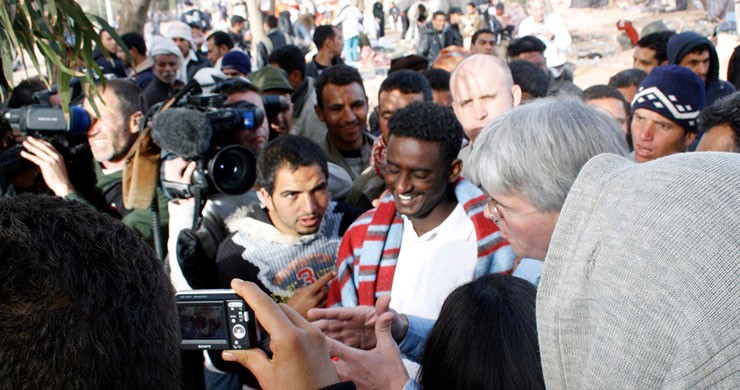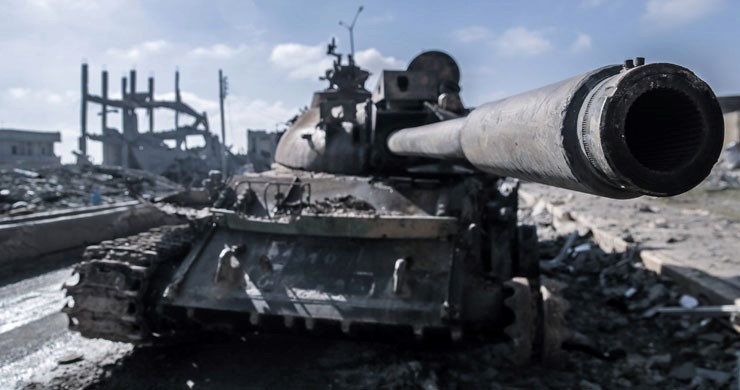Asylum Seekers and Refugees
What is an asylum seeker or a refugee?
We hear a lot about ‘Asylum Seekers’, ‘Refugees’ and ‘Economic Migrants’ in the UK.
One problem is that terms like these are often used wrongly, because people do not know what they mean or can mean.
The rules and definitions come from a document called the 1951 Geneva Convention (Refugee Convention) where a refugee is defined as a person who…
…owing to well-founded fear of being persecuted for reasons of race, religion, nationality, membership of a particular social group or political opinion, is outside the country of his nationality and is unable or, owing to such fear, is unwilling to avail himself of the protection of that country; or who, not having a nationality and being outside the country of his former habitual residence … is unable or, owing to such fear, is unwilling to return to it.
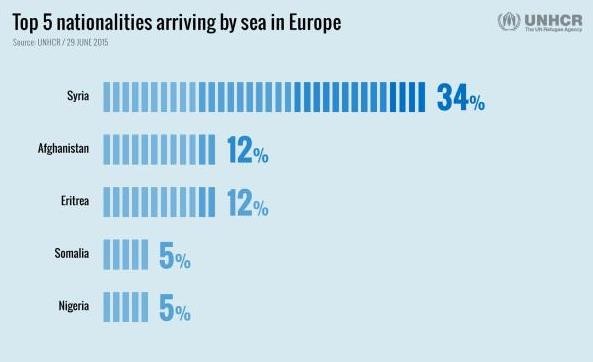
Source: UN High Commissioner for Refugees (UNHCR), The sea route to Europe: The Mediterranean passage in the age of refugees , 1 July 2015
All of these countries are suffering from war.
- Asylum seeker means a person who has applied for asylum.
- Refugee in this context means an asylum seeker whose application has been successful.
- Refugee can also mean a person running away from something like a war or natural disaster.
- Economic migrant means a person who has left his or her own country and seeks to earn more money another country.
What are the laws about asylum and refugees; especially in Europe?
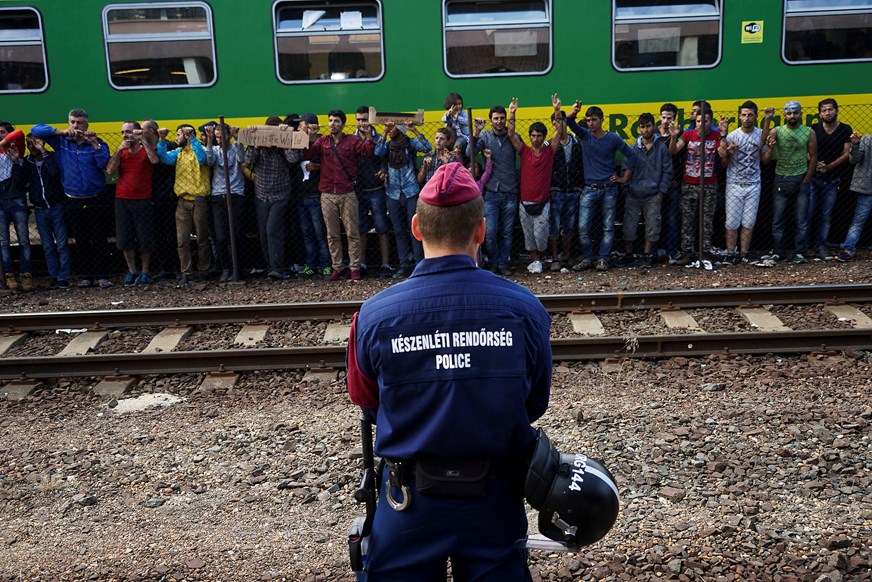
Photo by Mstyslav Chernov used under CC BY
- The asylum rules in the E.U. are known as the Dublin Regulations.
- They require people seeking refuge to do so in the FIRST European country where they first set foot.
- However these rules are breaking down and some countries such as Hungary have cancelled them.
- In the firsts six months of 2015, more than 60,000 immigrants crossed into Hungary illegally.
- Hungary also started to build a fence along its southern border with Serbia to stop the flow of illegal migrants trying to enter the EU.
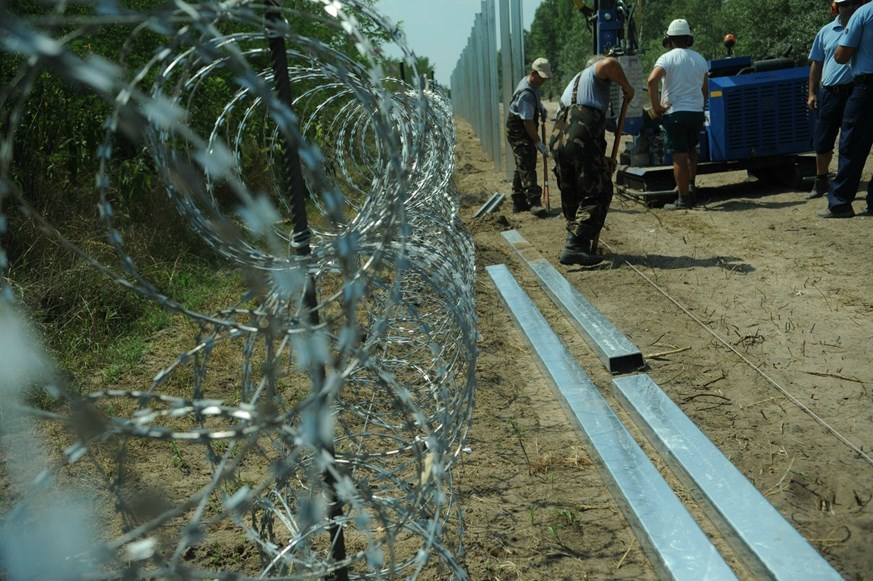
Photo by Délmagyarország/Schmidt Andrea used under CC BY
- Suspending the Dublin Regulations particularly affects countries nearby Hungary, such as Austria.
- Austria has stopped processing asylum requests.
- It had 21,000 asylum requests in the first five months of 2015, around 17,000 requests in all of 2013 and 28,000 in 2014.
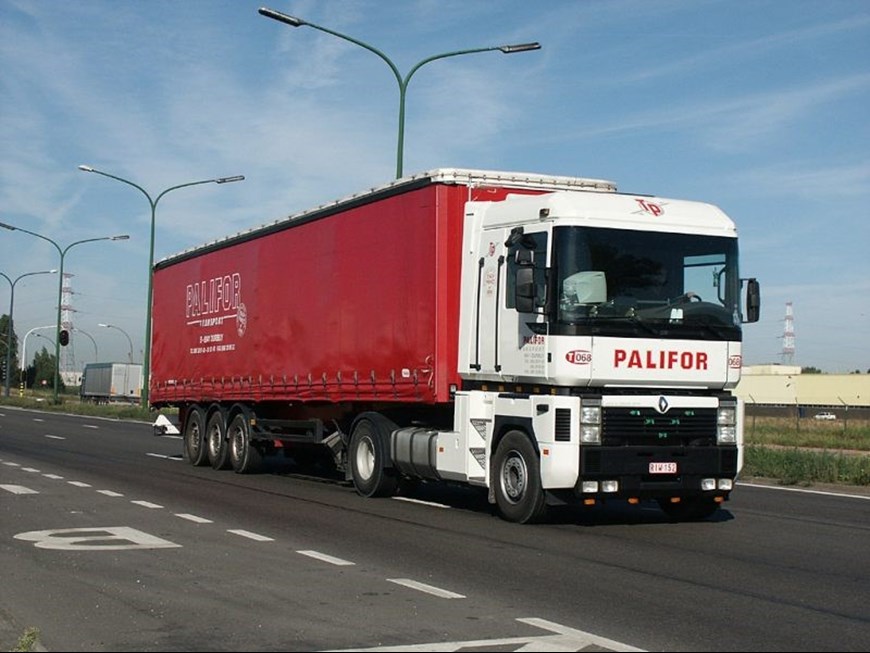
Once a migrant arrives in a country they have a ‘reasonable’ amount of time to ask for asylum. In the UK this is three days unless there is a good reason not to do so.
This helps a country decide if someone is ‘genuine’ in their belief that they need asylum.
A good reason could be if someone were held captive by people smugglers – sometimes called human traffickers.
Migrants might also find themselves trapped in the back of a lorry which is a good reason for not presenting themselves in the first country they enter.
We will discuss human traffickers further in the linked article and their importance in understanding increasing migrant numbers.
Asylum Seekers from South Sudan Registering at a UNHCR camp in neighbouring Sudan.
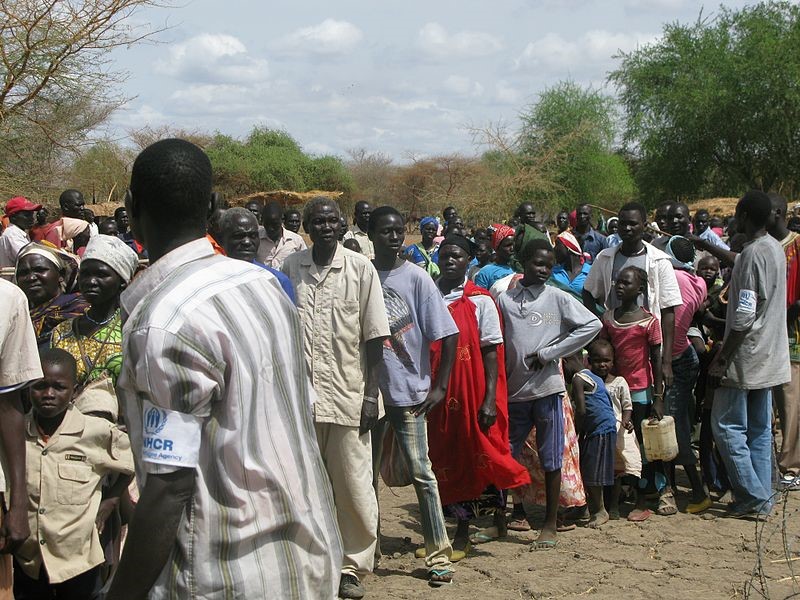
Photo by Robert Stansfield/Department for International Development used under CC BY
This camp is largely funded by the UK Government
There are two very important things to understand in terms of the International law and Asylum Seekers/Refugees:
- ‘Safe Country’ or the safe country list - these are countries deemed to be safe; these countries would not go against the idea of non-refoulement below.
- ‘Non-refoulement’ is the most important part of the Refugee Convention requiring a state not to ‘expel or return a refugee in any manner whatsoever to the frontiers of territories where their life or freedom would be threatened …’
When an asylum seeker reaches a safe country they should request asylum. They should then be issued with a Convention Travel Document, also known as a ‘blue document’ which is given to people with refugee status.
Many genuine asylum seekers do not register in the first ‘safe country’ they decide to try and reach developed countries by ‘non-legal’ means.
As a result many do not request asylum as their plan is to travel on to different countries such as Germany. These are the main illegal routes into the EU.
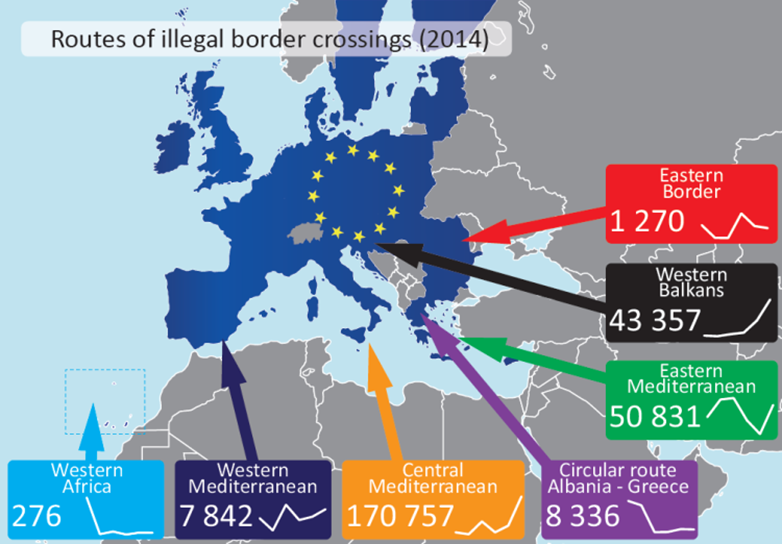
Source: European Parliamentary Research Service, Irregular Immigration In The EU: Facts And Figures
In many parts of the EU there are no internal borders; only the UK and the Republic of Ireland have borders with other EU countries.
The countries with no borders are called the Schengen countries after the town of Schengen where the agreement to get rid of borders was agreed.
Once a migrant gets into a Schengen country they can move freely from country to country. A very big problem!
Death at Sea
- By far the most dangerous routes for migrants are across the Mediterranean Sea.
- During the first four months of 2015, those dying at sea reached new high levels. Between January and March, 479 refugees migrants drowned or went missing compared to 15 in the same period of 2014.
- In April the situation became even worse as 1,308 refugees and migrants drowned or went missing in a single month.
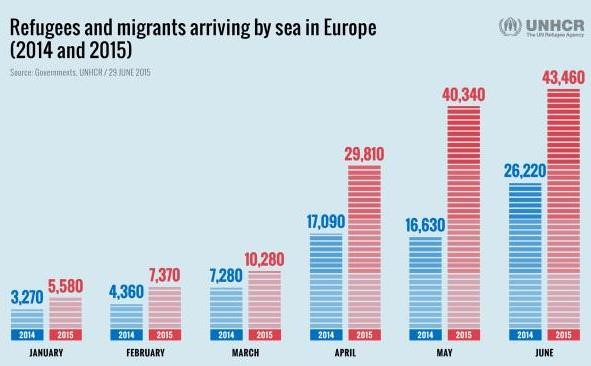
Source: UN High Commissioner for Refugees (UNHCR), The sea route to Europe: The Mediterranean passage in the age of refugees , 1 July 2015
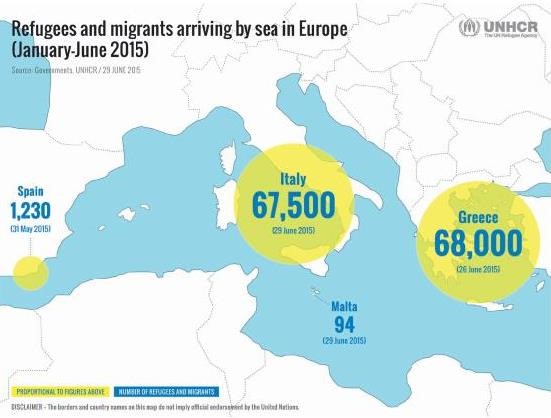
Source: UN High Commissioner for Refugees (UNHCR), The sea route to Europe: The Mediterranean passage in the age of refugees , 1 July 2015
What Can The EU Do To Stop Migrants?
AMIF
The Asylum, Migration & Integration Fund is a 3.14 billion Euro pot of money to fund efficient management of migration flows within inside the EU.
So far 2.392 billion Euros have been allocated to different countries.
AMIF money graph in millions of Euros
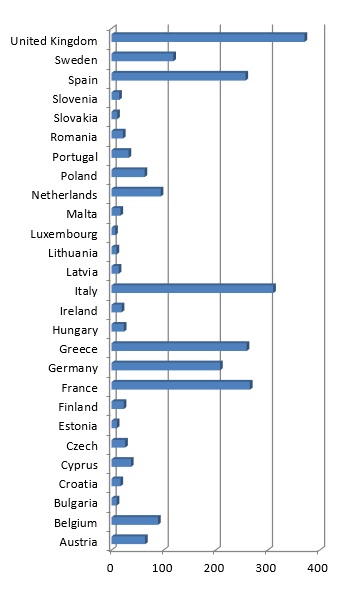
Compare the figures from AMIF funding to the main article numbers of asylum seekers – look carefully at the UK.
Surely we need to stop migration!
Probably Not!
Check this out from Eurostat the EU organisation in charge of statistics and data.
This is the EU without migration by 2060.

Source: Eurostat, IMMIGRATION IN THE EU, 10/6/2015
The EU has an aging population and not enough children are being born. Now check this out:
EU Population in Millions

Source: Eurostat, IMMIGRATION IN THE EU, 10/6/2015
- As older people die and with less people being born we need migration to maintain population levels.
- It might be hard to hear when our country is still has people out of work but we also need to plan for the next ten, twenty, thirty years into the future.
Do we need to stop migration?
Without migration how many workers will there be for each person needing a pension (YOU) in 2060.
Most deaths occur on sea journeys to Italy. Why do migrants take such a big risk to get to Italy?
Think about the Schengen area and the Schengen Countries.
Pupil Activity
Discuss these two questions with a small group and prepare your answers as 40 second mini-presentation with just words.
Welcome asylum seekers and refugees - Refugee Action protest 27 July 2013 Melbourne by Takver; used under CC BY
Other articles you may find of interest, Mexico to USA migration and Migration in the UK.
